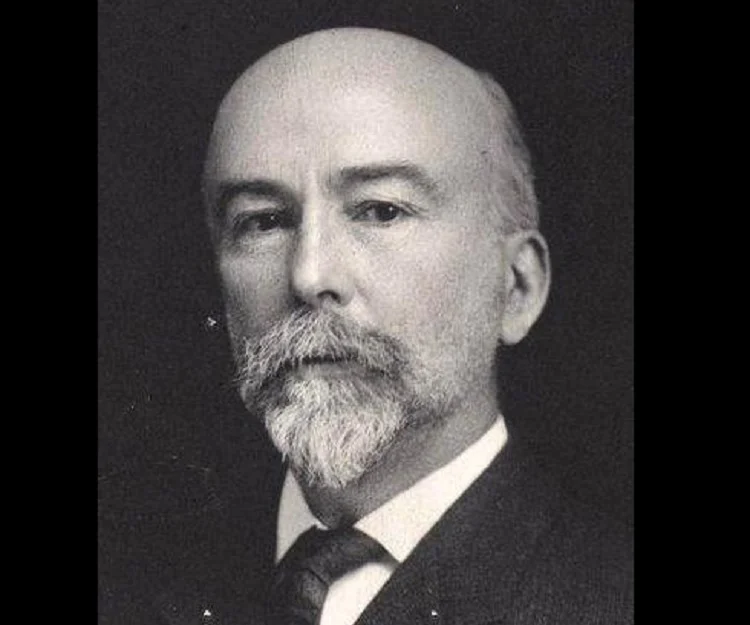Estimated reading time: 4 minutes
Table of contents
Introduction

Halford J. Mackinder, a prominent figure in the field of geography, made significant contributions that shaped the way we understand the interactions between humans and their environment. This blog post explores Mackinder’s background, his views on geography, and his famous theory of the “Heartland” or “The Geographical Pivot of History” the title under which it was presented in 1904.
Halford J. Mackinder’s Academic Journey and Recognition
Halford J. Mackinder’s academic journey began with a first-class honors degree in natural sciences at Oxford in 1883, followed by a graduation in history from the same university in 1884. His diverse educational background, including the study of law, laid the foundation for his multidisciplinary approach to geography.
Mackinder’s expertise and passion for teaching led to his involvement in the Oxford University Extension Movement, where he delivered 600 popular lectures on “the new geography” across various cities and towns. Recognizing his erudition and scholarship, the Royal Geographical Society appointed him as Reader and entrusted him with organizing Britain’s first university department dedicated to geography at Oxford.
Halford J. Mackinder’s Vision of Geography
Mackinder’s vision of geography went beyond the mere study of man-land relations. He believed that history, specializing in the time dimension, and geography, the spatial science of the Earth’s surface, should be inseparable. In his influential lecture titled “The Scope and Method of Geography” in 1887, Mackinder emphasized the study of interactions between humans and their environment.
Rather than focusing on the minutiae of man-land relationships, Mackinder aimed to develop a comprehensive world view. His book, “Britain and the British Seas,” published in 1902, exemplified this approach by presenting a regional study in a global context.
Halford J. Mackinder’s Theory of the “Heartland”
Mackinder’s most famous contribution to geography was his theory of the “Heartland” or “The Geographical Pivot of History,” the title under which it was presented in 1904. This theory proposed that the control of the Eurasian landmass, specifically the vast central region known as the Heartland, would determine global power dynamics. It had far-reaching implications for geopolitics and influenced strategic thinking for decades to come.
Halford J. Mackinder’s Influence and Presidential Address
Through his writings and addresses, Mackinder became a major influence in British geography. In his 1895 presidential address to the Geography Section of the British Association of Science, he highlighted the strengths and weaknesses of British geography compared to its German counterpart.
Mackinder stressed the importance of regional studies as a thorough test of geographical arguments and praised Alexander von Humboldt’s efforts to causally relate relief, climate, vegetation, fauna, and human activities in specific places. He also advocated for the study of economic and political geography, recognizing the role of economic and strategic factors in shaping nations and societies.
Conclusion
Halford J. Mackinder’s contributions to the field of geography were substantial and influential. His multidisciplinary approach, emphasis on the study of human-environment interactions, and groundbreaking theory of the “Heartland” shaped the way geographers and strategists understand global dynamics. Mackinder’s vision continues to inspire and inform geographical research to this day, cementing his legacy as a pivotal figure in the development of modern geography.
FAQs
What is the theory of the “Heartland”?
How did Halford J. Mackinder shape modern geography?
What was Halford J. Mackinder’s influence on British geography?
What is Halford J. Mackinder’s legacy?
You May Also Like





























